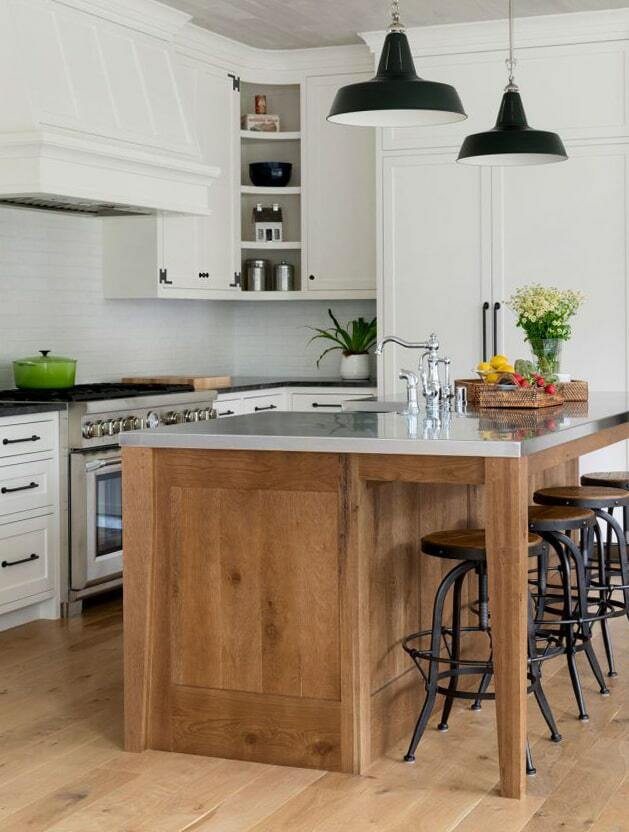How to Include a Kitchen Island Leg into Your Kitchen Remodel
How to Include a Kitchen Island Leg into Your Kitchen Remodel
Blog Article
The Importance of a Sturdy Cooking Area Island Leg in Developing a Practical Food Preparation Location
A durable kitchen area island leg works as a basic element in establishing a useful food preparation environment, supplying required assistance for both the kitchen counter and different kitchen area tasks. The stability it supplies can substantially minimize the danger of crashes in high-traffic locations, while likewise adding to the general visual coherence of the space. As kitchens progress right into multifunctional areas for food preparation, eating, and socializing, the choice of materials and layout factors to consider for island legs comes to be increasingly essential. Understanding these elements can change your kitchen area right into a more secure and a lot more efficient location, prompting additional expedition right into the finest alternatives offered.
Benefits of Sturdy Island Legs
Supplying necessary support, tough kitchen island legs play a pivotal duty in improving the performance and toughness of kitchen area islands - kitchen island leg. These legs not only bear the weight of the kitchen counter and any added products positioned on the island, yet additionally contribute to the overall stability of the structure. A well-supported kitchen island guarantees that it remains upright and functional, even under heavy usage, which is particularly crucial in active kitchen area atmospheres
In addition, tough island legs can boost the aesthetic charm of the kitchen area. They provide a solid framework that can complement various layout styles, from contemporary to traditional. This versatility allows property owners to personalize their kitchen islands according to individual taste while guaranteeing that the architectural stability continues to be uncompromised.
In addition to their helpful function, robust cooking area island legs can additionally improve security. Ultimately, investing in durable kitchen island legs is necessary for a functional and aesthetically pleasing cooking area.
Materials for Kitchen Island Legs
When picking materials for kitchen area island legs, toughness and aesthetic charm are important variables to consider. One of the most typical materials include wood, steel, and engineered timber, each offering one-of-a-kind benefits.
Hardwood, such as oak, maple, or cherry, is a timeless selection due to its toughness and ageless charm (kitchen island leg). It can stand up to considerable weight and is resistant to put on, making it optimal for high-use kitchen settings. Furthermore, wood can be tarnished or repainted to complement numerous cooking area styles
Metal legs, commonly crafted from stainless steel or wrought iron, provide a industrial and modern-day look. They are extremely solid and can sustain considerable loads while being resistant to moisture and warmth, which is helpful in a cooking area. Metal legs can likewise be conveniently cleaned, boosting their usefulness.

Design Factors To Consider for Security
The option of materials for kitchen island legs straight affects the layout considerations for security. When designing a kitchen area island, it is extremely important to examine the weight-bearing ability of the picked products. Much heavier materials, such as strong wood or steel, typically supply higher security, specifically under the anxiety of day-to-day use.
In addition, the leg layout need to incorporate correct geometry to boost security. web A larger base raises the support location, decreasing the threat of tipping or wobbling. Factor to consider must likewise be offered to the elevation of the legs; disproportionate leg sizes can lead to imbalance, compromising the general stability of the island.
Furthermore, the distribution of weight throughout the island is crucial. Ensuring that the leg placement lines up with the heaviest components, such as devices and kitchen counters, will additionally improve security.
Upkeep Tips for Long Life

Depending on the product of the legs-- whether wood, steel, or composite-- appropriate cleansing techniques should be employed. Metal legs might call for a light polish to protect against corrosion and keep their luster.
If the kitchen island experiences hefty usage, consider reinforcing the legs with added brackets or supports to improve sturdiness. By complying with these upkeep tips, homeowners can guarantee their kitchen area island legs remain practical and durable for years to come.
Selecting the Right Leg Style
Normal upkeep ensures that kitchen area island legs remain functional and tough, yet selecting the appropriate leg design is similarly essential for both appearances and assistance. The selection of leg style can dramatically affect the total style and consistency of your kitchen area.

Performance is one more critical element. For instance, thicker legs or those with a durable base can support heavier countertops and equipment, improving the island's energy. Conversely, slim legs might produce a ventilated look, suitable for lighter layouts yet potentially much less supportive.
Verdict
In summary, the value of sturdy kitchen area island legs can not be overstated in the development of a functional cooking area. have a peek at this site These legs offer crucial support, enhance security, and add to the total aesthetic of the cooking area.
A tough kitchen island leg serves as a fundamental part in developing a practical food preparation environment, giving necessary support for both the counter top and numerous kitchen tasks.Providing important support, sturdy kitchen island legs play an essential function in improving the functionality and durability of kitchen islands. Inevitably, spending in tough cooking area island legs is essential for a functional and aesthetically pleasing cooking location.
Consideration must likewise be provided to the elevation of the legs; out of proportion leg sizes can lead to inequality, jeopardizing the overall stability of the island.
Wood legs supply heat and a classic look, while metal legs provide a commercial and contemporary feel.
Report this page